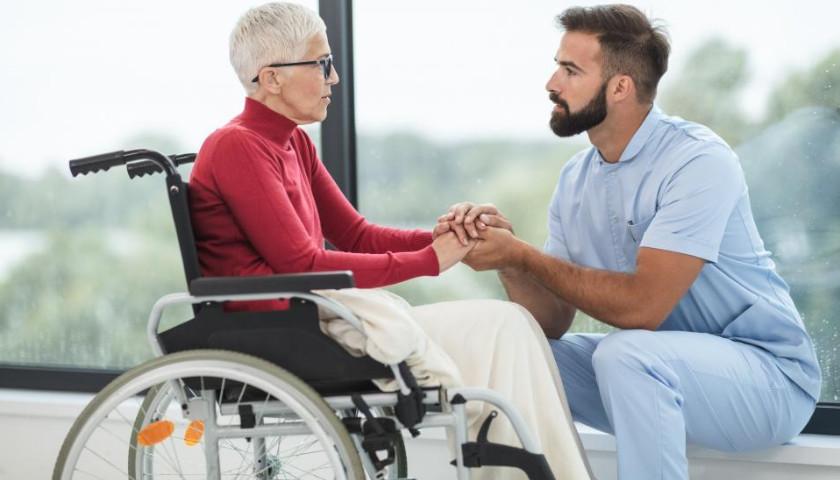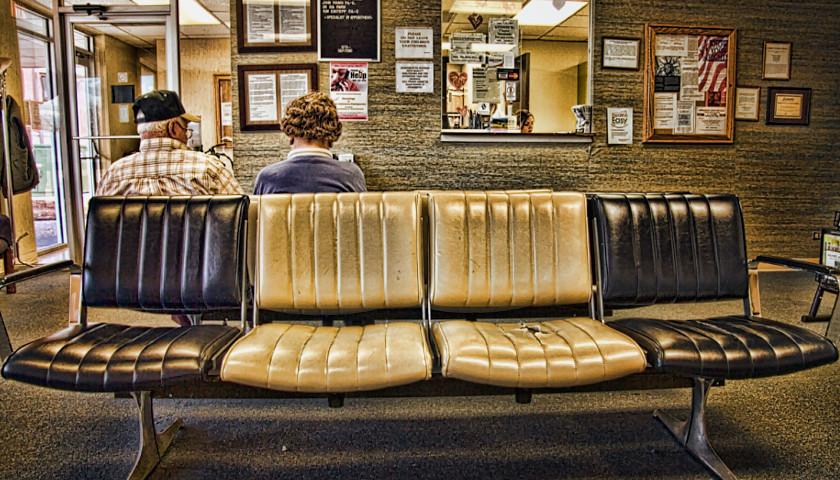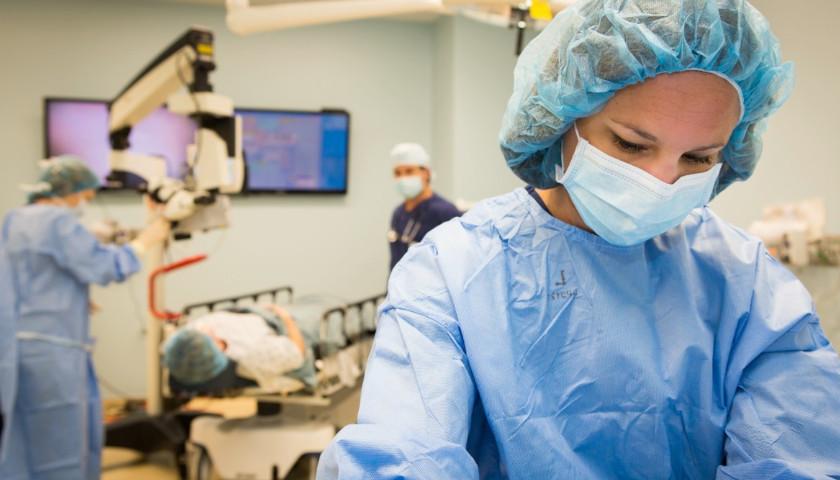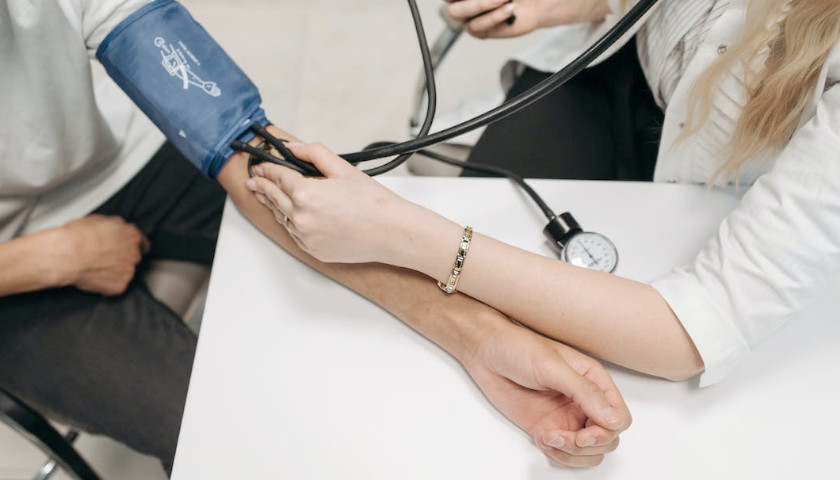by Christina Lengyel
Health care access in rural Pennsylvania becomes less tenable day by day, and many fear what this means for the state’s efforts to revive its most remote communities.
“The people in rural PA are truly scared about access to health care,” said Rep. Marty Causer, R-Bradford, during a recent meeting of the Center for Rural Pennsylvania hosted in his district.
Discussion covered the complex and overarching demands of rural communities across the state in the face of dwindling access to health care.
Specifically, rural Pennsylvanians suffer from higher rates of several preventable diseases, like obesity and tobacco use, though the opioid epidemic still claims the most lives in the region.
Rural communities also have older populations and a higher percentage of people living with disabilities.
Meanwhile, basic needs like maternity care, good nutrition, and dental care are often out of reach, eroding the foundations of community health. Community health workers have emerged as essential liaisons between rural residents and the information, services and providers they need.
Dr. Nancy Falvo, who chairs the center’s board of directors, underscored the cyclical issues presented by a lack of access to these basic needs.
“Would you move to an area where you know that your wife or yourself or your daughter could not safely deliver their child?” she said. “Would you live in that area if you knew that you could not have your child treated safely at an in-patient hospital because there’s no pediatric settings?”
One of the biggest obstacles facing rural communities is being truly remote.
“There’s rural, and then there’s super rural,” Causer said, noting 27% of the state’s population are scattered across a vast stretch of 48 counties.
When access to lifesaving emergency health care is dependent on access to helicopters that can quickly transport patients to urban centers, rural Pennsylvanians find themselves walking on a razor’s edge in life and death situations. Administrators are challenged to create functional emergency departments that don’t also become the de facto primary care option while private practices increasingly shutter their doors.
Dr. Jill Owens, president of Upper Allegheny Health System is one such doctor operating a private practice – a feat she described as “untenable” and “financially unsustainable.”
The dynamic drives more and more physicians to seek employment under the umbrella of larger health care systems, further limiting options.
Born and raised in Bradford, Owens undertook her position because she “could see health care going off a cliff” in the community. Despite efforts like hers and other local providers, Owen noted that the staffing shortages exacerbated by the pandemic have created overwhelming obstacles to serving the community.
The panel reviewed a variety of models that could help or hinder rural health care institutions in keeping their doors open to the community. These include microhospitals and the OED model, which allows larger hospital systems to open emergency departments in rural areas, a move which can increase competition and deplete the resources of already struggling rural health care facilities. Another model, REH, increases funding to rural facilities but limits their ability to make inpatient beds available.
OED is an acronym for outpatient emergency department; REH is an acronym for rural emergency hospital.
As ever, advocates say one of the biggest challenges to solving the health care crisis is creating alignment between and buy-in from a huge variety of stakeholders – including not just the patients, but the providers and insurers, as well as the legislators who regulate them.
Lisa Davis, director of the Pennsylvania Office of Rural Health and Outreach Associate Professor of Health Policy and Administration at Penn State University, noted that one of the greatest successes would be to assemble all these groups and say, “We’re going to leave our biases or our particular agendas at the door” to figure out a path forward that benefits everyone, “especially patients.”
– – –
Christina Lengyel is a contributor to The Center Square.




